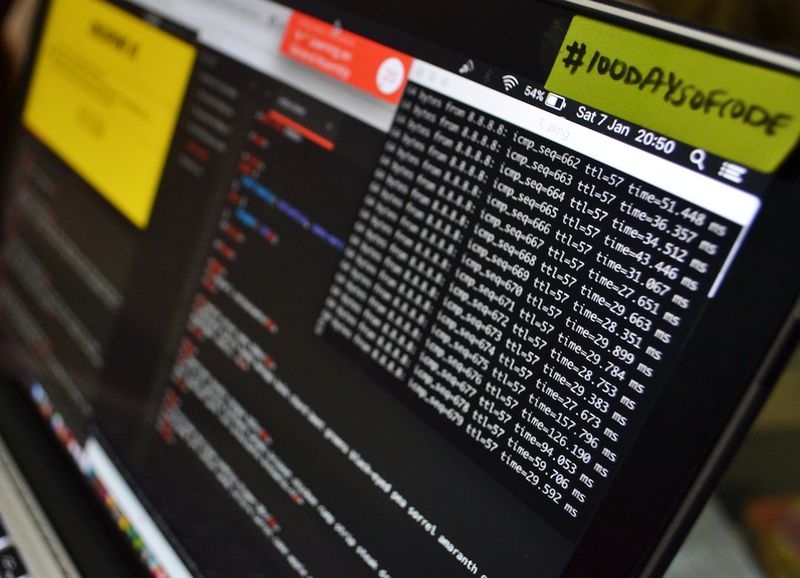The High Cost of Ransomware Attacks: A Growing Concern for Organizations
According to Verizon’s 2023 Data Breach Investigations Report (DBIR), released on June 6, the median loss to a ransomware attack has risen to $26,000, with the potential for losses reaching as high as $2.25 million. These figures highlight the increasing costs associated with recovering from a ransomware incident, including the impact on business operations and the considerable amount of time required for recovery.
The Financial Toll of Ransomware Attacks
The financial consequences of a ransomware attack can be crippling, particularly for small to medium-sized businesses. The recovery process can exhaust resources and significantly disrupt daily operations, potentially leading to business closure. Additionally, the long-term damage to a company’s brand and reputation can have lasting effects.
Verizon’s report reveals that the average lifespan of a ransomware attack is over 300 days, nearly two months longer than other types of cyber incidents. This extended timeline increases the overall cost of recovery as organizations struggle to discover and remediate the attack. Furthermore, the loss of institutional knowledge when employees responsible for the attack are let go poses another challenge for businesses.
Prevention and Preparation: The Key to Avoiding High Costs
In order to avoid becoming a victim of a ransomware attack, organizations must take proactive measures to protect themselves. However, implementing protection and detection tools can come with a significant price tag. Even small businesses with limited budgets may need to invest in ransomware protection tools, spending five-figures to safeguard their operations.
Cyber insurance is another consideration for businesses seeking protection in the event of an attack. However, obtaining cyber insurance specifically for ransomware incidents can be difficult due to the high payout costs. Many insurance agencies are now limiting coverage for such incidents.
Choosing the Right Cybersecurity Approach
When it comes to combating ransomware attacks, organizations must carefully evaluate their cybersecurity approach. Over the years, the focus has shifted from perimeter defense to rapid detection and containment. The approach chosen by small and medium-sized businesses (SMBs) will determine the necessary tools and protective actions.
For those adopting a containment strategy, investments should be made to strengthen authentication and privilege management. This requires validating all users and devices before granting access to any transaction. On the other hand, companies prioritizing perimeter defense need to invest in firewalls and other methods to prevent attackers from infiltrating the network.
Recommended Actions for SMBs
Regardless of the chosen cybersecurity approach, SMBs should consider the following actions to enhance ransomware protection:
1. Decrease the Attack Surface
Implementing the concept of least-privilege access can significantly reduce the risk of ransomware attacks. By limiting the number of people with access to sensitive applications and databases, organizations can minimize the chances of cybercriminals gaining unauthorized access. Audit user roles to ensure they have access only to necessary software and services. For example, Remote Desktop Protocol (RDP) is commonly targeted by threat actors, despite being predominantly used for IT help desks. If employees have no reason to have RDP accounts, access should be revoked. Disabling unnecessary features, such as PowerShell, is also recommended. Additionally, monitoring and removing unnecessary accounts from the network or cloud applications is crucial. Cloud access security broker software can assist in enforcing security policies and monitoring employees’ cloud activity.
2. Shift the Costs to the Attackers
Make it more challenging and costly for cybercriminals to launch an attack against your organization. Restricting access to unnecessary applications can discourage attackers as they find it harder to exploit user credentials. Implementing multifactor authentication adds another layer of security, making it more difficult to access sensitive data with stolen credentials. Various types of multifactor authentication methods are available, enabling SMBs to choose an option that suits their budget and security expertise. By increasing the difficulty and time required for an attack, organizations can encourage threat actors to seek easier targets.
3. Improve Your Security Hygiene
Developing a culture of cybersecurity awareness and guidance within an organization is essential. This includes fostering open communication channels where employees feel comfortable reporting suspicious activities. Clearly communicate the permissions and restrictions regarding external services and resources. Establish an approval process for accessing tools and discourage employees from creating their own accounts. Utilize modern training materials, such as episodic videos or gamification techniques, to engage employees in ongoing education and improvement of their security practices. Recognize that human error is a significant cause of cyberattacks, and involving employees actively in cybersecurity efforts can be an invaluable resource at little additional cost.
4. Don’t Fail to Plan
While prevention is critical, every organization should also have a comprehensive plan in place to effectively mitigate and recover from ransomware attacks. Determining the individuals responsible for mitigation and recovery, as well as understanding the negotiation process, is essential. In cases where the company may consider paying the ransom, setting a budget and having a cryptocurrency wallet or access to cryptocurrency is crucial. It is also advisable to establish relationships with ransomware negotiators and computer forensics teams in advance to ensure a swift and effective response. A well-defined strategy is paramount, as ransomware attacks can have severe implications, potentially endangering lives and causing prolonged unavailability for customers.
Conclusion
Ransomware attacks continue to threaten organizations across the globe, with potentially devastating financial and operational consequences. As the costs of recovery continue to rise, it is imperative for organizations, particularly SMBs, to prioritize ransomware protection and develop comprehensive strategies to prevent and respond to attacks. Investing in cybersecurity measures, fostering a culture of security awareness, and maintaining open communication channels are crucial steps toward safeguarding businesses from the growing threat of ransomware.

<< photo by Lewis Kang’ethe Ngugi >>
The image is for illustrative purposes only and does not depict the actual situation.
You might want to read !
- Cybersecurity Threats Escalate as Ransomware Group Strikes Siemens Energy and Schneider Electric
- Critical SQL Injection Flaws: A Wake-Up Call for Gentoo Soko’s Security Measures
- The Rise of AI-Powered API Security: Cequence Security Integrates Generative AI to Strengthen Protection
- The Rise of 8Base: A Global Threat to Small Businesses
- “Blumira’s XDR Platform Secures $15M in Funding to Protect Small and Medium Businesses”
- The Rising Threat of Advanced Persistent Threats (APTs) Targeting Small Business MSPs.
- Can Jscrambler’s JavaScript Scanner Help Achieve PCI DSS 4.0 Compliance?
- The Rise of Sophisticated Evasion Tactics: Process Injection Technique Allows Mockingjay to Bypass EDR Tools
- The Escalating Threat of MOVEit Attacks: UCLA and Siemens Join the List
- Quantum Collaboration: Strengthening Encryption for Corporate Security
- Anatsa Banking Trojan: Google Play’s Latest Threat to Android Users in US and Europe
- Is Cyera’s $100 Million Investment the Key to Enhancing Data Security?
- The Urgent Need for K-12 Cybersecurity Education: Mitigating Cyberattacks on Schools
- Law Firms Under Siege: The Rise of Ransomware and Cyberattacks




